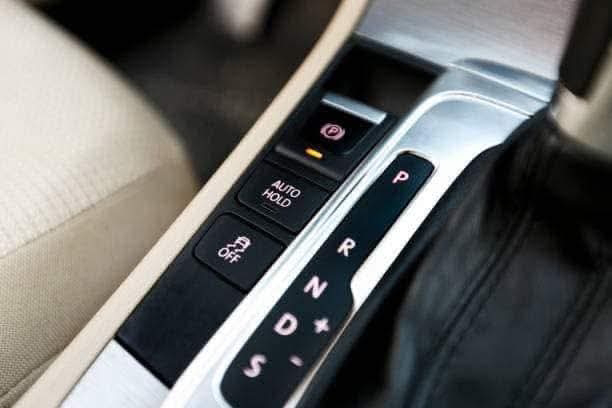This is a Step-by-Step Guide to Driving an Automatic Car
Starting the Car.
Action: Ensure the gear selector is in "P" (Park) or "N" (Neutral). Depress the brake pedal and turn the ignition key or press the start button to start the engine.
Select the Desired Gear
Action: With your foot still on the brake pedal, move the gear selector to the desired mode (usually "D" for Drive or "R" for Reverse).
Release the Parking Brake
Action: Disengage the parking brake by either pressing the release button and lowering the lever or pushing the electronic brake button.
Start Moving
Action: Gradually release the brake pedal and the car will begin to move. Apply the accelerator pedal gently to increase speed.
Drive and Maneuver
Action: Use the steering wheel to guide the car in the desired direction. The automatic transmission will shift gears on its own as you accelerate and decelerate.
Stopping the Car
Action: Press the brake pedal to slow down and come to a stop. The transmission will automatically shift down.
Parking the Car
Action: When parking, bring the car to a complete stop, move the gear selector to "P" (Park), and engage the parking brake.
EXPLANATION ABOUT GEAR MODES
P (Park)
Purpose: Used when the car is stationary and you are parking.
Action: Locks the transmission, preventing the car from moving. Always use this mode when turning off the car and parking.
R (Reverse)
Purpose: Used for backing up the car.
Action: Engages the reverse gear, allowing the car to move backward. Only select this mode when the car is stationary and you intend to reverse.
N (Neutral)
Purpose: Used for neutral positioning.
Action: Disengages the transmission from the engine. The car can roll if on a slope, so use the parking brake. This mode is often used in car washes or when the car needs to be pushed.
D (Drive)
Purpose: Used for normal forward driving.
Action: Engages the transmission for forward movement. The car will automatically shift through the gears as you accelerate and decelerate.
L (Low) / 1 (First Gear) / 2 (Second Gear)
Purpose: Provides more power and control when driving at low speeds or on steep inclines.
Action: Limits the transmission to lower gears, preventing it from shifting to higher gears. Useful for towing, driving down steep hills, or in heavy traffic.
S (Sport) / M (Manual)
Purpose: Used for more spirited driving or manual gear selection.
Action: In "Sport" mode, the transmission holds gears longer for better performance. In "Manual" mode, you can manually select gears using paddle shifters or the gear lever.
Tips for Driving an Automatic Car
Smooth Acceleration: Gradually press the accelerator for smooth and controlled acceleration.
Braking: Use the brake pedal to control your speed and come to a stop. The car will handle downshifting automatically.
Parking: Always shift to "P" (Park) when parking and engage the parking brake.
Engine Braking: Use "L" or "2" gears for engine braking on steep descents instead of relying solely on the brake pedal to avoid brake fade.
Familiarize Yourself: Get to know your specific car’s gear modes and features by reading the owner’s manual.
By understanding and using these gear modes correctly, you can ensure a smooth and safe driving experience with your automatic car.



Comments
Post a Comment
Wish to leave a message?